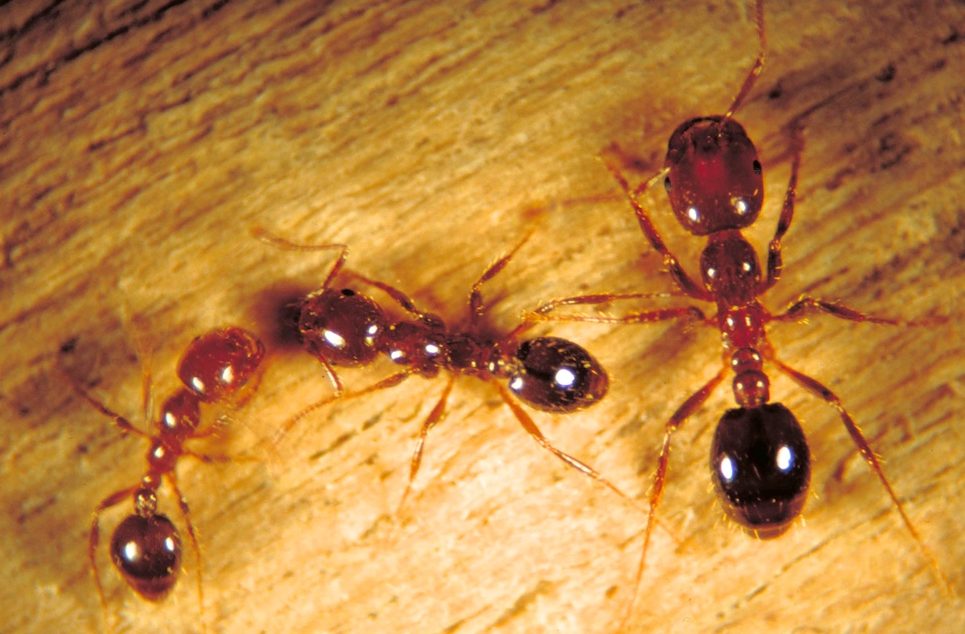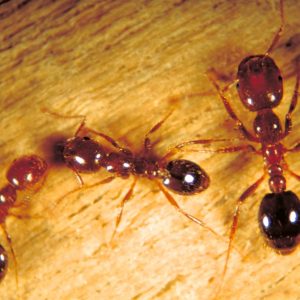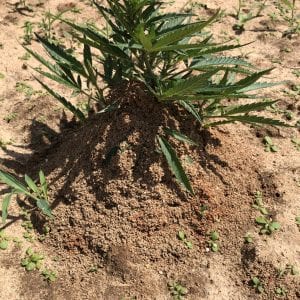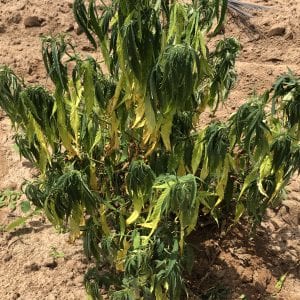Crop Production

These little pests can cause big problems in hemp production. What can you do to protect your crop from these angry ants?
Identification
- Dark red to brown in color.
- Narrow waist with two bumps.
The Life of a Fire Ant
- The four life stages are egg, larva, pupa, and adult.
- Most colonies have more than 200,000 workers. They live in mounds that are a maze of underground tunnels.
- Fire ants work together to protect their brood and queen.
- Fire ants are aggressive.
- If their mound is threatened, they will sting anything that is near the mound.
Damage
- They form mounds at or near the plant base.
- The mites tunnel through stems and cut off nutrients to the plants.
- Plants may wilt and yellow or even die after fire ant damage.
- By the time plant damage is noticed, the ants have likely moved their mound to nearby plants.
Management
To manage fire ants, you must kill the queen. There are two options for controlling fire ants: baits and mound treatments. Which is better?*
Bait
How it works: Foraging ants take the bait back to the mound. Other ants, including the queen, eat the bait.
- Pro: More effective control; more economical on a large scale.
- Con: Control may take several weeks.
Mound Treatments
How it works: Applied directly to the mound and kills the ants.
- Pro: Faster than bait.
- Con: May fail to kill the queen.
*Use only pesticides that are approved for hemp by the Alabama Department of Agriculture and Industries. Find a complete list of these pesticides in the IPM section of the Alabama Extension website.
 Kaylee Hirsch, Student Research Assistant, and Katelyn Kesheimer, Extension Specialist, Assistant Professor, both in Entomology and Plant Pathology, Auburn University
Kaylee Hirsch, Student Research Assistant, and Katelyn Kesheimer, Extension Specialist, Assistant Professor, both in Entomology and Plant Pathology, Auburn University
Reviewed July 2023, Fire Ants in Hemp, ANR-2766




